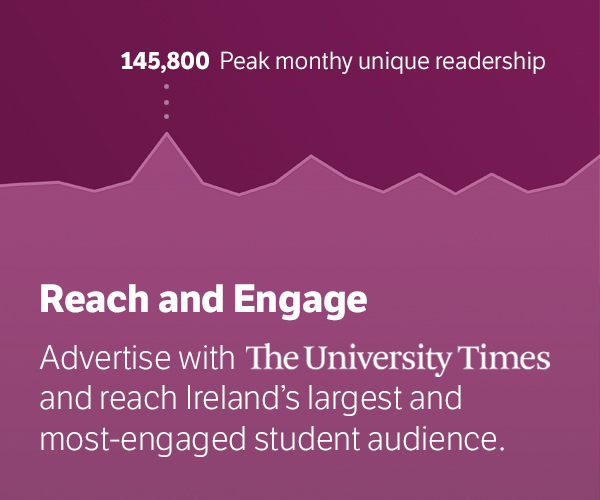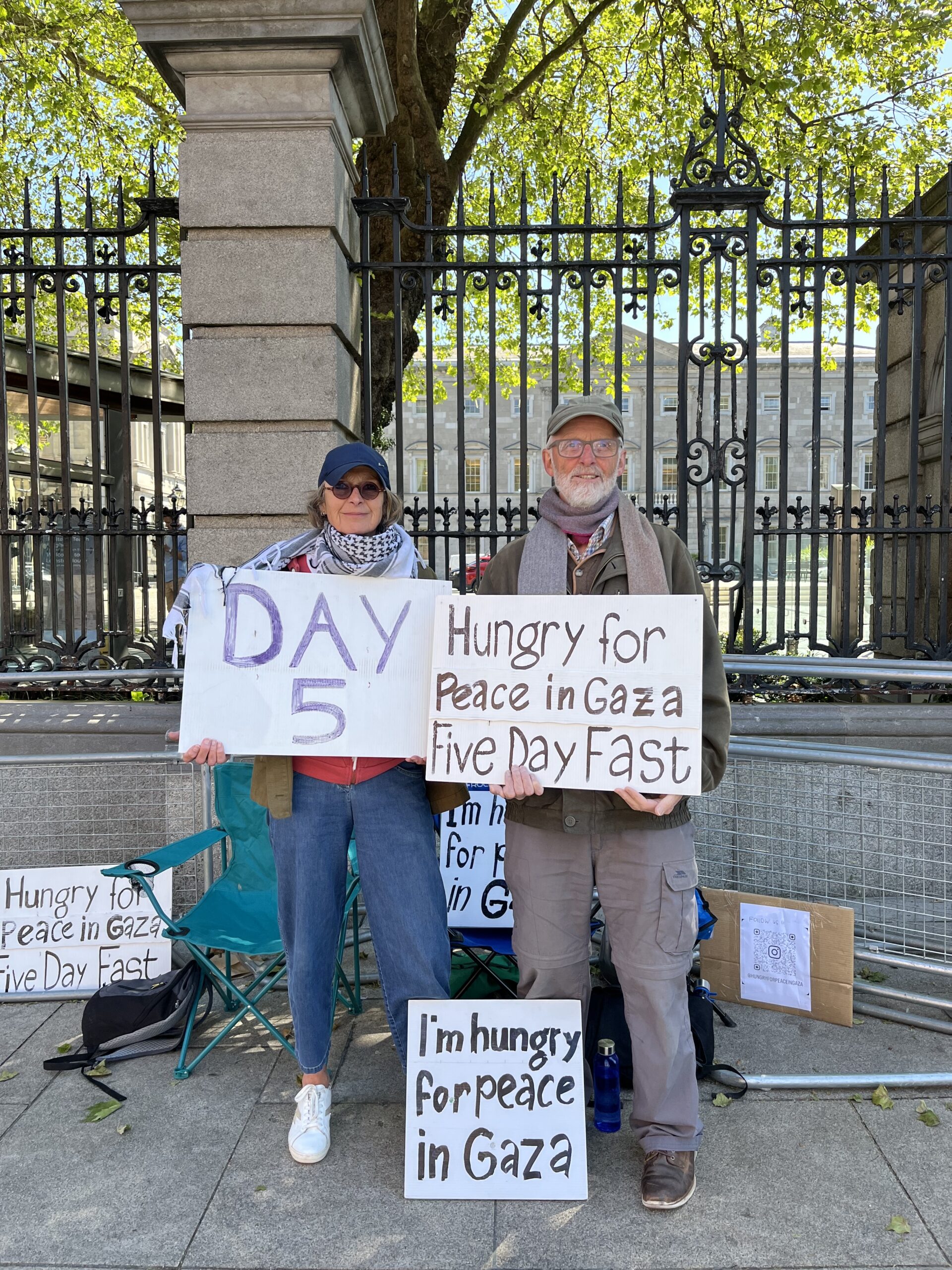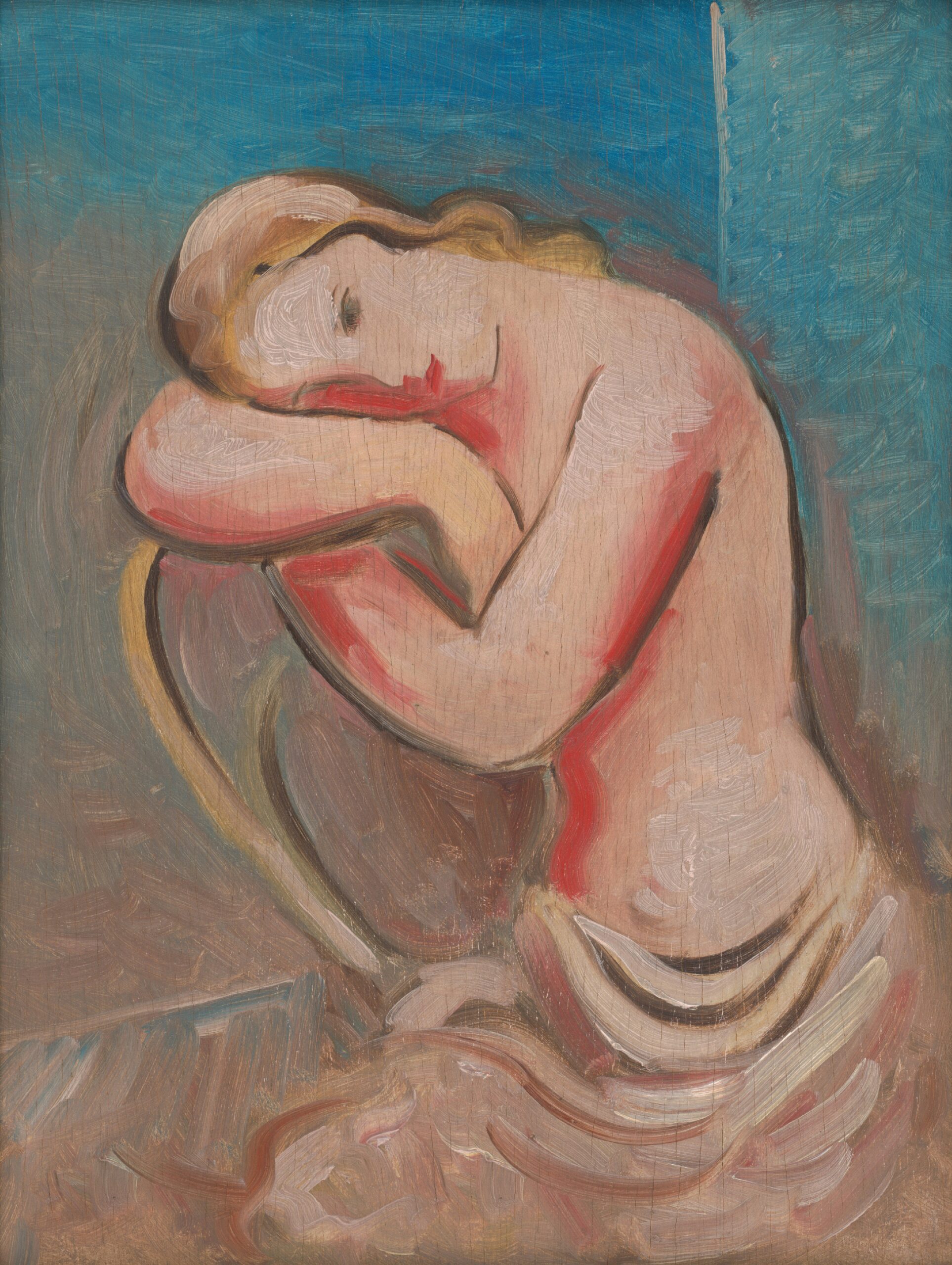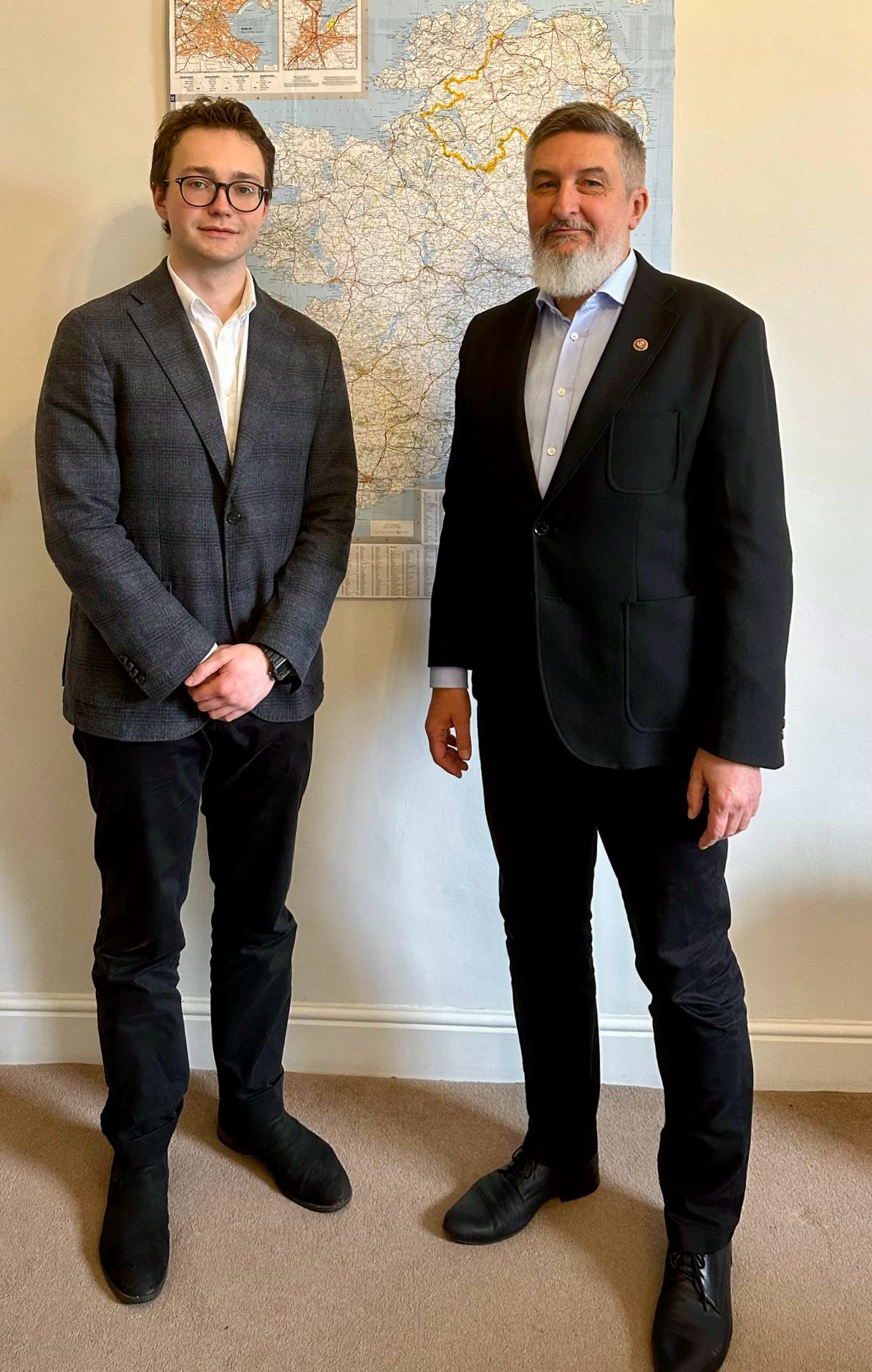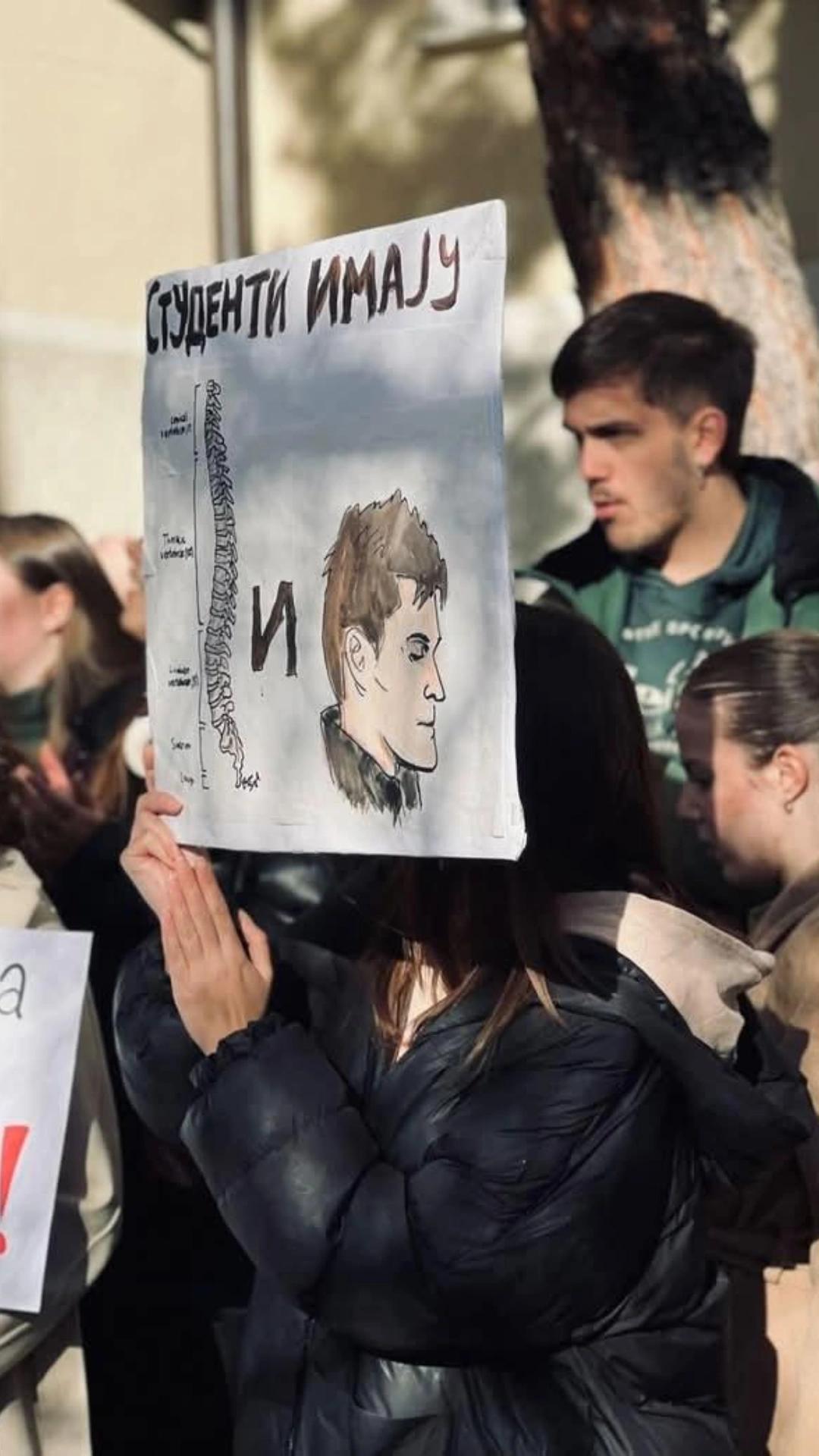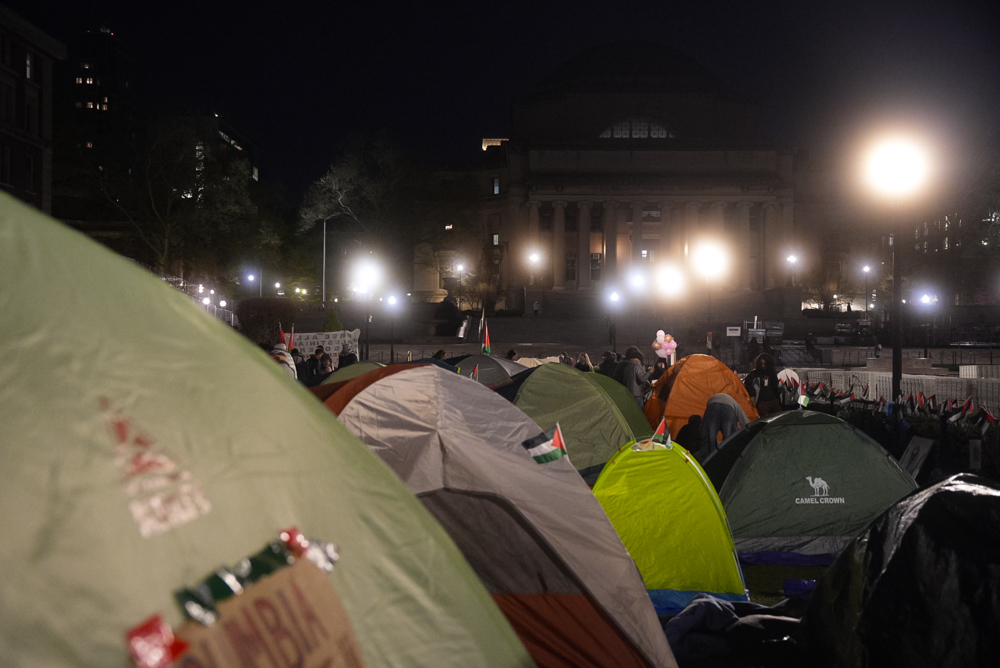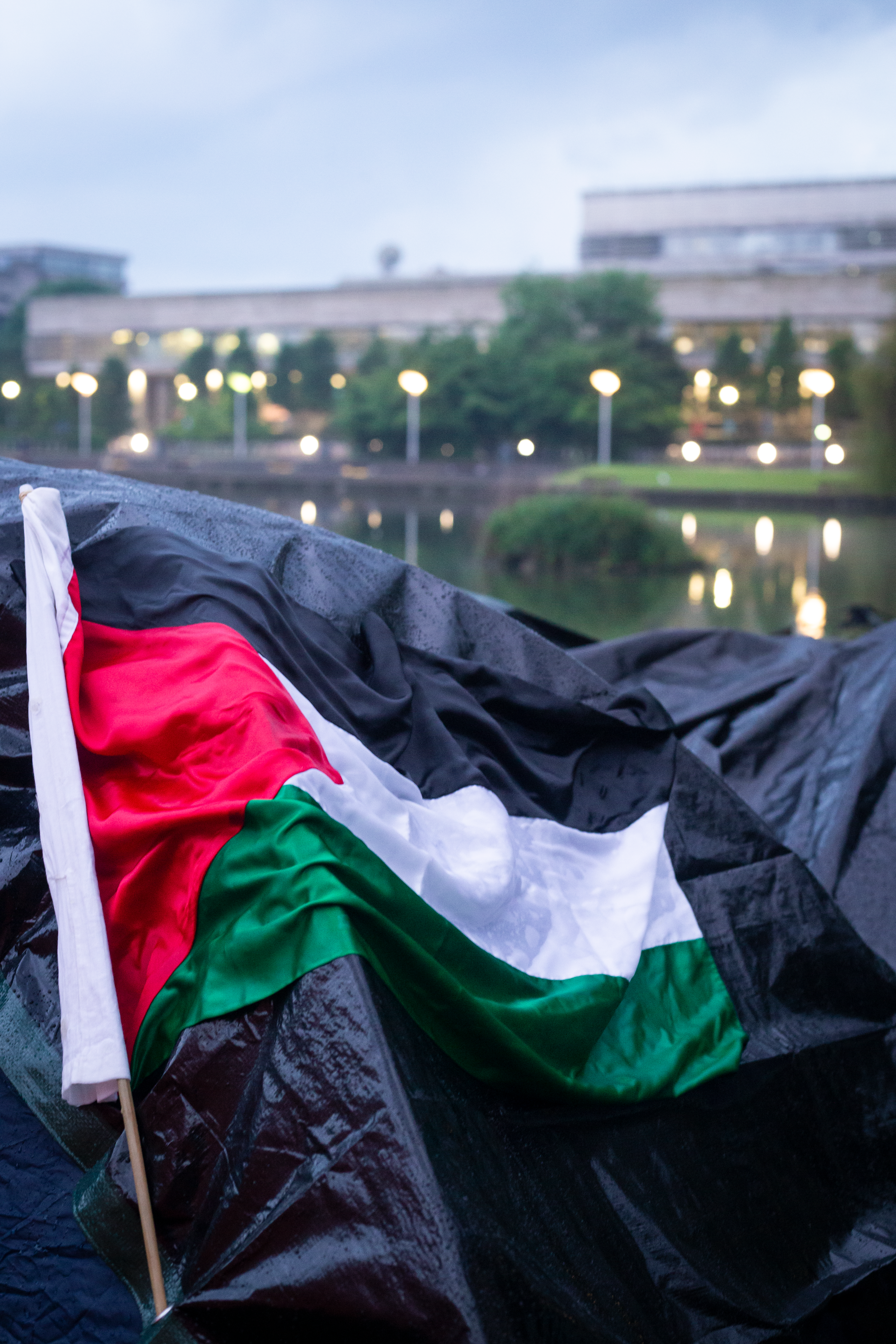I still remember November 9th, 2016. This is weird for two reasons. Firstly, because I was eleven at the time, and secondly, because I’m Irish. Nonetheless, the news that Trump had won the 2016 US presidential election shocked me.
It shocked the people around me too. That morning, my fifth class teacher arrived at 9 am with a pile of newspapers hot off the press. She had us use our safety scissors to cut out the headlines announcing Trump’s victory. They all seemed to have a sombre tone about them. The headlines were glued onto one sprawling alarmist collage that denoted the dawn of doomsday. It was designed to be something to look back on, I suppose – an attempt to crystallise this weird pocket of history.
Perhaps this Irish tendency to hyperfixate on American politics has helped to foster an indifference towards our own country’s political climate. We are often too busy laughing, crying or plain scratching our heads at what is happening across the Atlantic to turn inwards and realise we have our own pressing issues to deal with.
We are witnessing a surge in right-wing extremism in Ireland. With the recent general election having seen more than one far-right party in the running, we ought to stop gawking at Trump’s reelection and start worrying about the ever more Americanised far-right enemy in our own country.
In an increasingly globalised world, social media takes more precedence than ever before in shaping the political landscape. It seems inevitable that Irish right-wing extremists will root through the American fascist playbook in search of new tactics.
The far-right has risen in popularity in recent years despite progressive policies enacted, like legalisation of abortion, same-sex marriage, and a rise in immigration. Our far-right political parties, for example, were all established in recent years. The National Party was founded in 2016, The Irish Freedom Party in 2018, and Aontú in 2019.
The National Alliance, comprising Ireland First, the National Party, the Irish People, and a smattering of independents was recently formed to contest in this year’s general election. Ireland’s far-right is stronger and more ambitious than ever.
American extremism may have influenced this newfound eagerness for far-right politics in Ireland. Members of the far-right in Ireland import many of their ideas from the US, like conspiracy theories about the “Great Replacement” and “cultural Marxism”. American extremist figures are invested in the development of Ireland’s far-right. Frank Silva, former KKK grand-dragon, reportedly mentored some of Ireland’s own extremists, participating in at least five online calls with members of the Irish far-right.
Further, a Sky News report found that, last April, 54.4% of #IrelandIsFull tweets came from the US. 57% of #IrelandBelongsToTheIrish tweets came from American accounts. Following what looks to be an astroturfing campaign, it is worth enquiring into the direction of causation when we say the Irish far-right is morphing into its American counterpart. Is the Irish far-right looking to the US for help, or are American extremists hoping to sow division abroad?
Regardless of its source, the growing popularity of far-right ideology in Ireland is formidable. The risk and consequent fear can be especially palpable for Trinity students, as our campus is located in the locus of the city centre, where far-right groups congregate. Last year’s riots forced many Trinity students, including myself, to stay on campus overnight. Before falling asleep in the GMB, a group of us peered out a window of Teach 6 onto Dame Street where we could see a throng of guards preventing the violence from moving southward. All our phones were blowing up with violent images of fire, destruction, and calls from our parents urging us to stay put.
While students and staff gave a tremendous display of solidarity, the experience nonetheless speaks to how palpable the rise of extremist narratives is for Trinity students. This rise is of course especially impactful on the very people who are targeted by far right rhetoric. Extremist ideologies tend to stoke fear in minorities and international students. Bearing witness to hatred is sure to make someone question their safety and sense of belonging.
The mental health impacts differ from person to person. Some people didn’t let it get to them, shrugging off the riot as a meek protest that was hijacked by a ton of hooligans. For others, the fear wasn’t so easy to shake, and areas surrounding Trinity, like O’Connell and Parnell St, became a sort of no-man’s-land.
Luckily, Trinity is far from a breeding ground for far-right ideology. While not yet a perfect environment (see for example the anti-semitic graffiti found in the Buttery bathroom last June), Trinity itself cannot be faulted with regards to far-right rhetoric. Aside from being one of the last vestiges of safety during the Dublin riots, the college has a dedicated Equality, Diversity and Inclusion office, and holds all its staff and students accountable for fostering an inclusive environment.
Education is key in the fight against the far-right. To further the cause, Trinity could host workshops to help students develop the skills necessary to recognise, analyse and critique extremist ideology. Extremist sentiment is more visible than ever to students with the rise of social media platforms where people can share far-right content under the guise of satire. A focus on being able to identify this content if and when students encounter it could work wonders in preventing students from falling down the alt-right pipeline. By equipping students in this way, we could work towards building a more inclusive environment, not just in Trinity but in the whole of Ireland.

